SLVSB38C March 2011 – August 2016 TPS62242-Q1
PRODUCTION DATA.
- 1 Features
- 2 Applications
- 3 Description
- 4 Revision History
- 5 Pin Configuration and Functions
- 6 Specifications
- 7 Parameter Measurement Information
- 8 Detailed Description
- 9 Application and Implementation
- 10Power Supply Recommendations
- 11Layout
- 12Device and Documentation Support
- 13Mechanical, Packaging, and Orderable Information
9 Application and Implementation
NOTE
Information in the following applications sections is not part of the TI component specification, and TI does not warrant its accuracy or completeness. TI’s customers are responsible for determining suitability of components for their purposes. Customers should validate and test their design implementation to confirm system functionality.
9.1 Application Information
The TPS62242-Q1 device is a high-efficiency synchronous step-down DC-DC converter featuring power save mode.
9.2 Typical Application
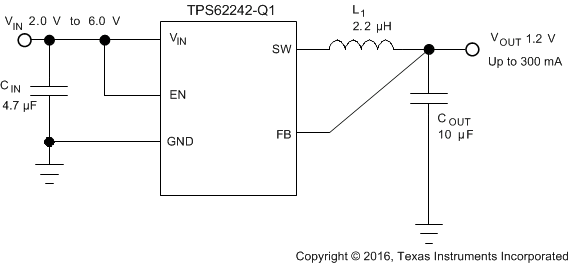 Figure 7. Fixed 1.2 V
Figure 7. Fixed 1.2 V
9.2.1 Design Requirements
The device operates over an input voltage range from 2 V to 6 V.
9.2.2 Detailed Design Procedure
Table 2 shows the list of components for the Application Curves. Users must verify and validate these components for suitability with their application before using the components.
Table 2. List of Components
| VALUE | COMPONENT REFERENCE | PART NUMBER | MANUFACTURER |
|---|---|---|---|
| 4.7 μF, 6.3 V. X5R Ceramic | CIN | GRM188R60J475K | Murata |
| 10 μF, 6.3 V. X5R Ceramic | COUT | GRM188R60J106M | Murata |
| 22 pF, COG Ceramic | C1 | Murata | |
| 2.2 μH, 110 mΩ | L1 | LPS3015 | Coilcraft |
9.2.2.1 Output Filter Design (Inductor and Output Capacitor)
The TPS62242-Q1 device is designed to operate with inductors in the range of 1.5 μH to 4.7 μH and with output capacitors in the range of 4.7 μF to 22 μF. The device is optimized for operation with a 2.2-μH inductor and 10‑μF output capacitor.
Larger or smaller inductor values can be used to optimize the performance of the device for specific operation conditions. For stable operation, the L and C values of the output filter may not fall below 1-μH effective Inductance and 3.5-μF effective capacitance. Selecting larger capacitors is less critical, because the corner frequency of the L-C filter moves to lower frequencies with fewer stability problems.
9.2.2.1.1 Inductor Selection
The inductor value has a direct effect on the ripple current. The selected inductor must be rated for its DC resistance and saturation current (Table 3). The inductor ripple current (ΔIL) decreases with higher inductance and increases with higher VI or VO.
The inductor selection also has an impact on the output voltage ripple in the PFM mode. Higher inductor values lead to lower-output voltage ripple and higher PFM frequency, and lower inductor values lead to a higher-output voltage ripple with lower PFM frequency.
Equation 2 calculates the maximum inductor current in PWM mode under static load conditions. The saturation current of the inductor should be rated higher than the maximum inductor current as calculated with Equation 3. This is the recommendation because during heavy-load transients the inductor current rises above the calculated value.


where
- ƒ = Switching frequency (2.25-MHz typical)
- L = Inductor value
- ΔIL = Peak-to-Peak inductor ripple current
- ILmax = Maximum inductor current
A more conservative approach is to select the inductor current rating just for the maximum switch current limit ILIMF of the converter.
Accepting larger values of ripple current allows the use of low inductance values, but results in higher output voltage ripple, greater core losses, and lower output current capability.
The total losses of the coil strongly impact the efficiency of the DC-DC conversion and consist of both the losses in the DC resistance (R(DC)) and the following frequency-dependent components:
- The losses in the core material (magnetic hysteresis loss, especially at high switching frequencies)
- Additional losses in the conductor from the skin effect (current displacement at high frequencies)
- Magnetic field losses of the neighboring windings (proximity effect)
- Radiation losses
Table 3. List of Inductors
| INDUCTANCE (μH) | DIMENSIONS (mm) | PART NUMBER | MANUFACTURER |
|---|---|---|---|
| 2 | 2.5 × 2 × 1 | MIPS2520D2R2 | FDK |
| 2 | 2.5 × 2 × 1.2 | MIPSA2520D2R2 | FDK |
| 2.2 | 2.5 × 2 × 1 | KSLI-252010AG2R2 | Hitachi Metals |
| 2.2 | 2.5 × 2 × 1.2 | LQM2HPN2R2MJ0L | Murata |
| 2.2 | 3 × 3 × 1.4 | LPS3015 | Coilcraft |
9.2.2.1.2 Output Capacitor Selection
The advanced fast-response voltage-mode control scheme of the TPS62242-Q1 device allows the use of tiny ceramic capacitors. Ceramic capacitors with low-ESR values have the lowest-output voltage ripple and are recommended. The output capacitor requires either an X7R or X5R dielectric. Y5V and Z5U dielectric capacitors, aside from their wide variation in capacitance over temperature, become resistive at high frequencies.
At nominal load current, the device operates in PWM mode and the RMS ripple current is calculated as in Equation 4:

At nominal load current, the device operates in PWM mode and the overall output voltage ripple is the sum of the voltage spike caused by the output capacitor ESR plus the voltage ripple caused by charging and discharging the output capacitor as in Equation 5:

At light load currents, the converter operates in power save mode and the output voltage ripple depends on the output capacitor and inductor value. Larger output capacitor and inductor values minimize the voltage ripple in PFM mode and tighten DC output accuracy in PFM mode.
9.2.2.1.3 Input Capacitor Selection
The buck converter has a natural pulsating input current; therefore, a low-ESR input capacitor is required for best input voltage filtering and minimizing the interference with other circuits caused by high-input voltage spikes. For most applications, a 4.7-μF to 10-μF ceramic capacitor is recommended (Table 4). Because ceramic capacitors lose up to 80% of their initial capacitance at 5 V, TI recommends using a 10-μF input capacitor for input voltages greater than 4.5 V. The input capacitor can be increased without any limit for better input voltage filtering.
Take care when using only small ceramic input capacitors. When a ceramic capacitor is used at the input, and the power is being supplied through long wires, such as from a wall adapter, a load step at the output, or VIN step on the input, can induce ringing at the VIN pin. The ringing can couple to the output and be mistaken as loop instability, or could even damage the part by exceeding the maximum ratings.
Table 4. List of Capacitors
| CAPACITANCE (µF) | DIMENSIONS (mm) | PART NUMBER | MANUFACTURER |
|---|---|---|---|
| 4.7 | 0603: 1.6 × 0.8 × 0.8 | GRM188R60J475K | Murata |
| 10 | 0603: 1.6 × 0.8 × 0.8 | GRM188R60J106M69D | Murata |
9.2.3 Application Curves
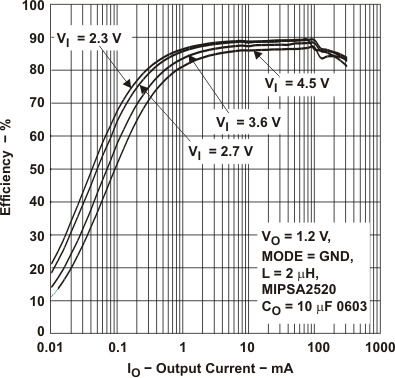 Figure 8. Efficiency vs Output Current
Figure 8. Efficiency vs Output Current
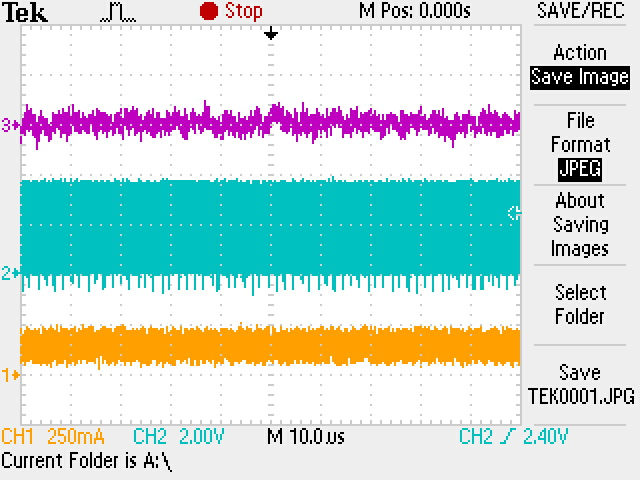 Figure 10. Typical Operation vs PWM Mode
Figure 10. Typical Operation vs PWM Mode
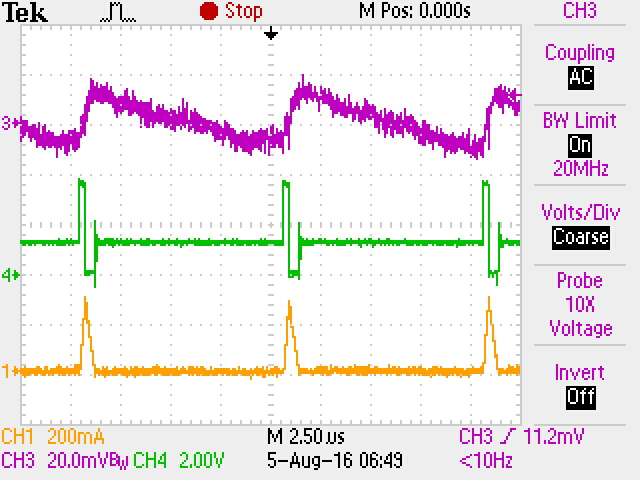 Figure 12. PFM Mode Ripple
Figure 12. PFM Mode Ripple
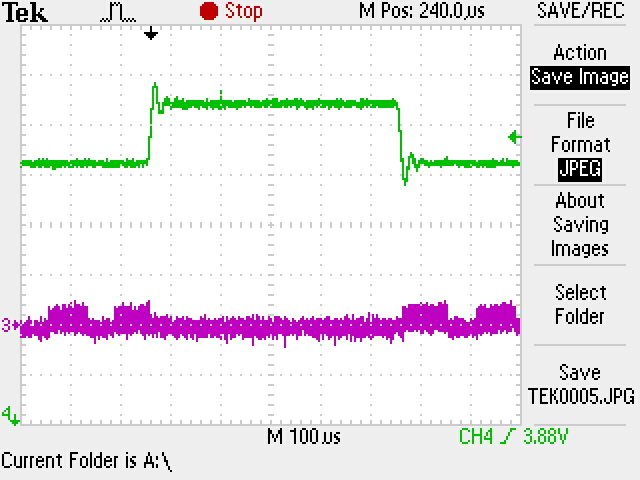 Figure 14. PFM Line Transient
Figure 14. PFM Line Transient
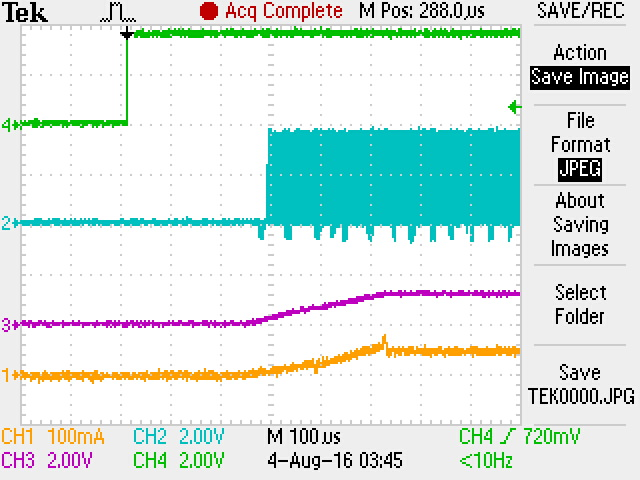 Figure 9. Start-Up Timing
Figure 9. Start-Up Timing
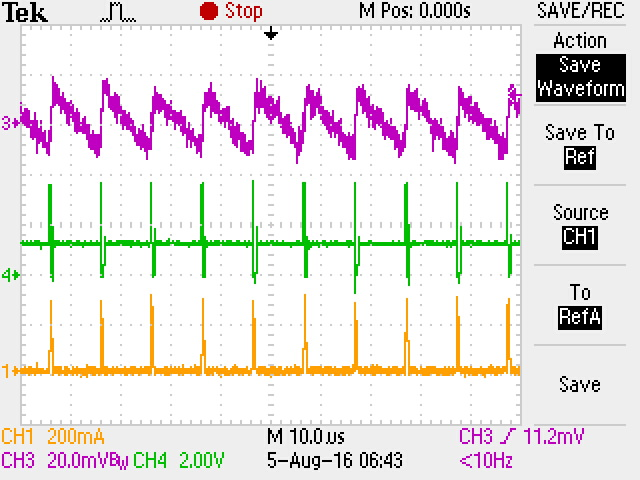 Figure 11. Typical Operation vs PFM Mode
Figure 11. Typical Operation vs PFM Mode
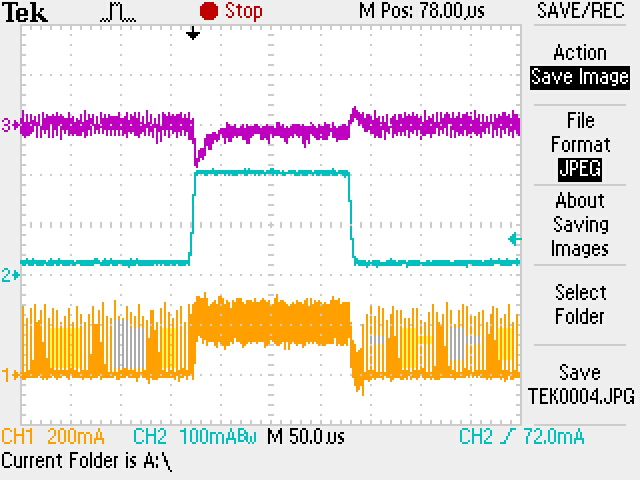 Figure 13. PFM Load Transient
Figure 13. PFM Load Transient
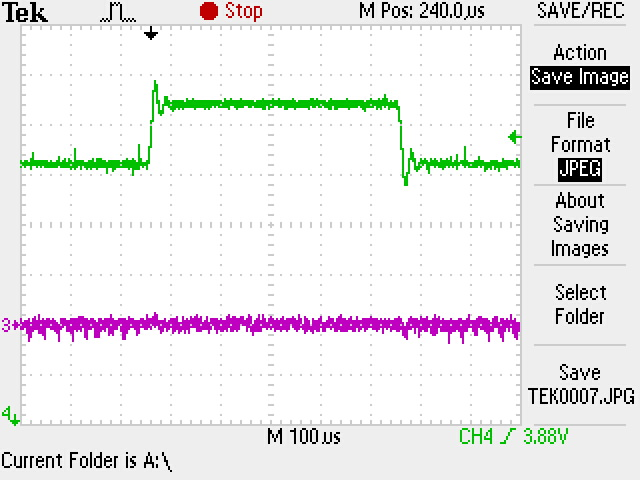 Figure 15. PFM Line Transient
Figure 15. PFM Line Transient